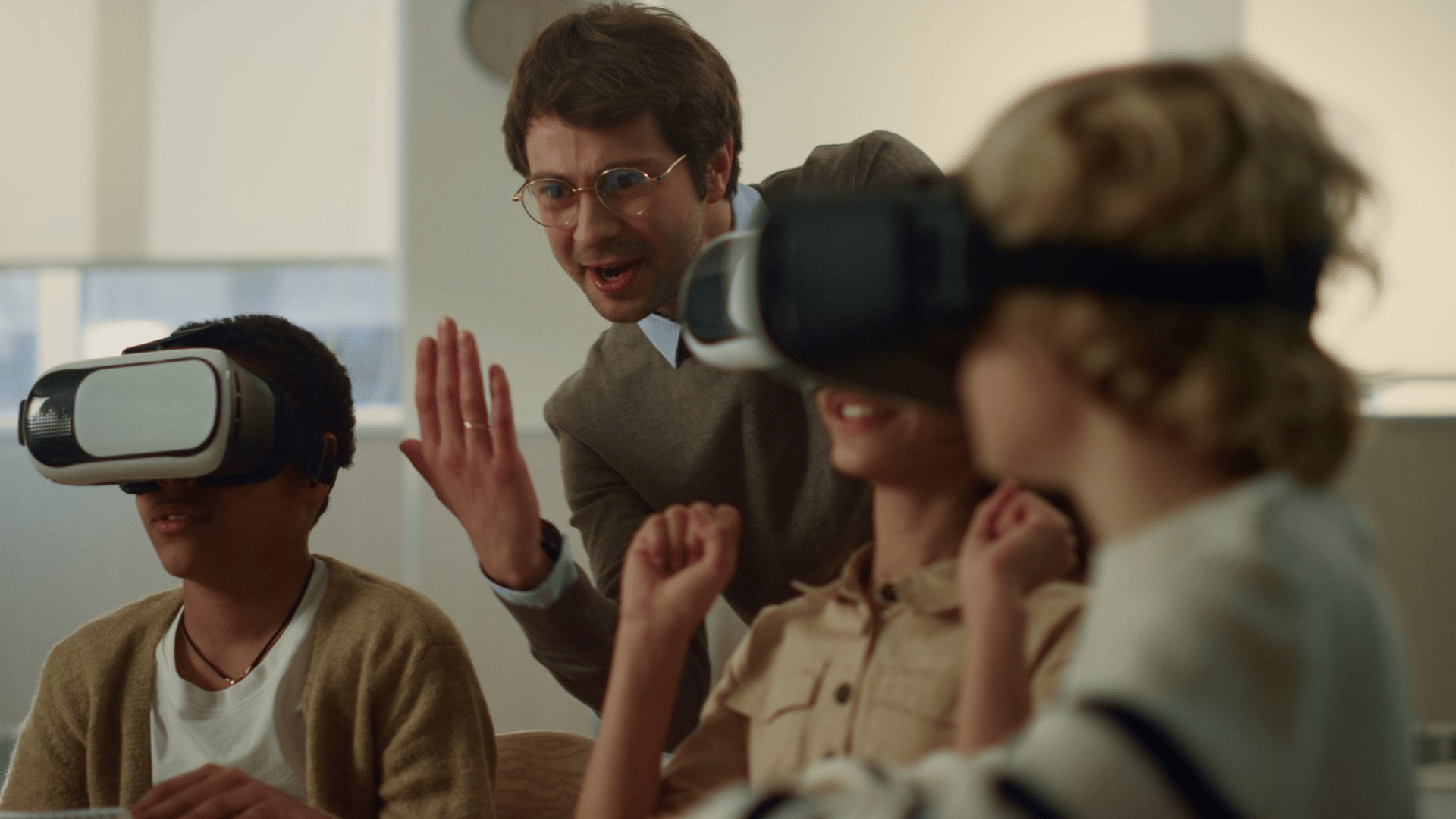
Today, I want to dive into an exciting topic that’s shaping the future of education—Mixed Reality (MR), Virtual Reality (VR), and Artificial Intelligence (AI). As someone deeply passionate about interactive digital experiences, I’m thrilled to explore how these technologies are revolutionising the way we learn and teach.
The Power of Mixed Reality in Classrooms
Mixed Reality (MR) blends the physical and digital worlds, creating an immersive learning environment where students can interact with both real and virtual objects. This innovative approach enhances engagement and retention by making abstract concepts tangible. Imagine a biology class where students can manipulate 3D models of cells or a history lesson that brings ancient civilisations to life right in the classroom. MR is not just a tool; it’s a gateway to a deeper understanding of complex subjects.
VR: Beyond the Classroom Walls
Virtual Reality (VR) takes learning to a whole new dimension by transporting students to different times, places, and environments. From exploring the depths of the ocean to walking on Mars, VR breaks the boundaries of traditional education. It fosters empathy by allowing students to experience situations from different perspectives and provides hands-on learning experiences that were previously impossible. In vocational training, for example, VR simulations offer safe and realistic practice environments, preparing students for real-world scenarios.
AI: Personalising Education
Artificial Intelligence (AI) is transforming education by personalising learning experiences to meet individual student needs. AI-driven platforms can analyse a student’s strengths and weaknesses, providing customised content and recommendations. This tailored approach not only boosts academic performance but also keeps students motivated and engaged. Additionally, AI can automate administrative tasks, giving educators more time to focus on teaching and interacting with students.
The Future is Here
As we continue to integrate MR, VR, and AI into educational settings, the possibilities are limitless. These technologies are not just enhancing traditional learning methods but are also paving the way for new, innovative approaches. They are making education more accessible, engaging, and effective for students of all ages.